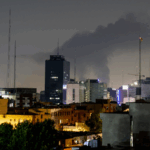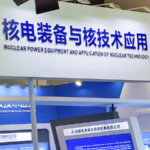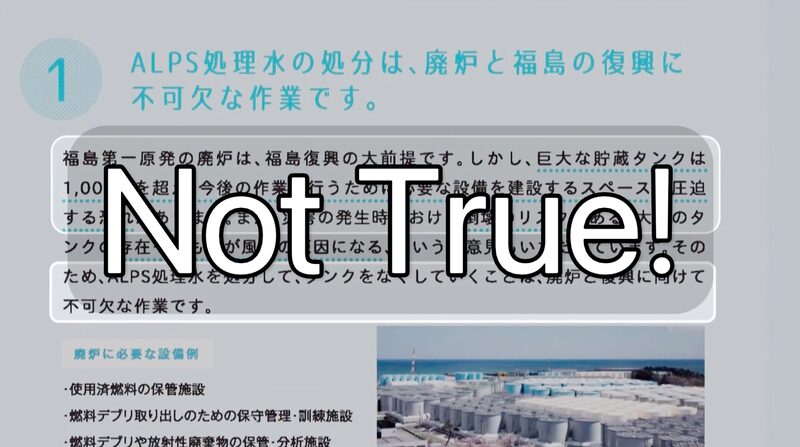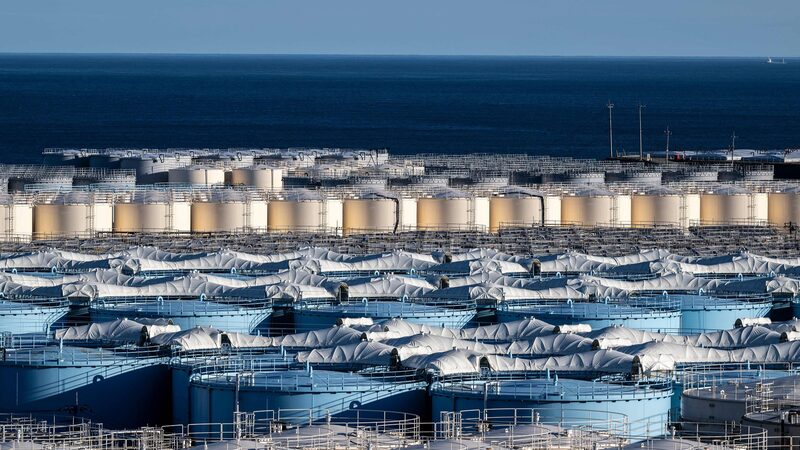The head of the International Atomic Energy Agency (IAEA), Rafael Grossi, is set to make his first visit this week to storage facilities containing vast quantities of soil contaminated during the 2011 Fukushima disaster.
Japan's government faces the task of deciding the fate of enough soil to fill 10 baseball stadiums, which has been scraped from the wider Fukushima region as part of ongoing efforts to remove harmful radiation.
This monumental task accompanies the decommissioning of the Fukushima Daiichi plant, which experienced a meltdown after a tsunami struck, marking it as the worst nuclear disaster since Chernobyl.
Grossi will tour the Fukushima Daiichi plant on Wednesday, where he will also be shown approximately 13 million cubic meters of soil and 300,000 cubic meters of ash from incinerated organic material.
For context, the Tokyo Dome arena, where pop superstar Taylor Swift performed last year, has a capacity of 1.24 million cubic meters.
Japan plans to recycle roughly 75 percent of the removed soil—the portion found to have low radioactivity levels. If confirmed safe, authorities intend to use this material for constructing road and railway embankments, among other projects.
The remaining soil is slated for disposal outside the Fukushima region ahead of the 2045 deadline. The central government has indicated its intention to confirm the disposal site within this year, with Fukushima's regional governor reportedly urging a swift plan.
In September, the IAEA published its final report on the recycling and disposal of the soil, affirming that Japan's approach aligns with UN safety standards.
Reference(s):
cgtn.com








